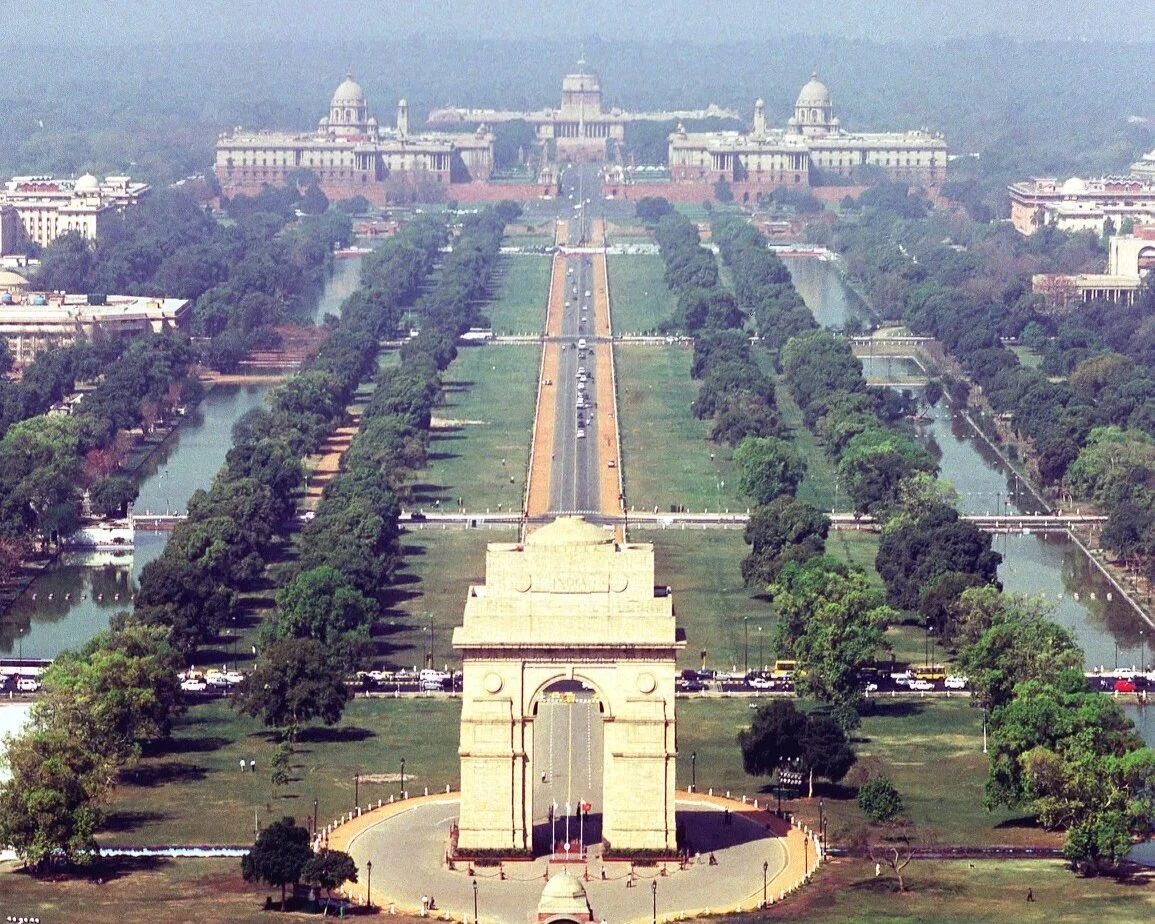Mending Fences: Visual Cycles of Municipal Remediation in the Archives
A municipal photography archives reflects the self-image, issues, and aspirations of a city and its managers. Traditionally arranged in file drawers chronologically or by location, the collection’s images record decades of continuous efforts by a city government to improve public space, as well as the costs of remediation inflicted by human wear. Time is visually demarcated within a perpetual cycle of construction and maintenance, decay and demolition, and eventually back around to the next project, next advancement, next incarnation. At every stage, the city only looks forward; photographers are dispatched to document what exists, and the archives safeguard that accumulated inventory.
The majority of images at a municipal agency’s archives do not depict historic events or civic achievements on a grand scale. Instead, they track minutiae. Unlike authored art on a gallery wall, no one intended these records to stand alone. Synthesized within the serialized collection, they provide a durable chronology. To maximize a municipal archives’ utility, each frame must represent a unique piece of information, yet must not stray too far from the overall system of classification. In other words, the more similar the views within a defined structure, the more important the small differences between each frame. Even exceptional images are sandwiched between repetitive versions of almost indiscernible difference, highlighting subtle technical or mechanical anomalies. Rigid structural classification and repetition of subject and perspective throughout an archives creates what photographic theorist Allan Sekula describes as “a vast substitution set, providing for a relation of general equivalence between images.”[1]
Agency photographers periodically visit a location to document everyday activities, public events, and improvements. Photographers are also dispatched to capture the inevitable human toll, whether the result of active use, vandalism, or neglect. In a frame devoid of individuals, images bear witness to the physical impact of myriad users. Rather than recording improvements, the materials show how the space has deteriorated, allowing an agency to begin to itemize the cost of the materials and man-power needed to restore order.
Eventually the space is used too well, or tastes change, or the neighborhood transforms, and efforts begin to renovate or rebuild. These arguments, too, must be visually documented. The photographs act as witnesses to the need, and serve as evidence. If elected officials fund a project, the old is mended or cleared away, and a new cycle begins. What came before now only exists, at least in the municipal realm, in the form of negatives, prints, and pixels—a flattened simulacrum folded into the cohesive collection of negatives, design plans, and construction-related documentation.
As the archivist of a municipal photography collection and as a photographer, I am intrigued by the seriality of these images, the manner in which time is marked visually through repetition. The archivist is most often the only employee to encounter the full accumulation of images in a collection, to immerse in the temporal expanse of a location’s history, to catalog new views on top of the old, and to build a cohesive narrative from the available fragments. Like an old-fashioned flipbook, the archivist can travel forward or back in time through the frames, watching spaces expand and evolve.
Exemplary of this cycle of creation, decay, and repair are the two sets of images of fences included in this essay. The larger grouping was recorded between 1934 and 1969 by the Photo Unit of the city agency where I work: New York City’s Department of Parks & Recreation (Figures 1-16). Fences simply and elegantly speak to the inherent tug-of-war between erosion and improvement of a city’s resources. Marbled throughout the Parks collection over decades, fences stand as an ideal visual synecdoche of that tension. We might practice the same exercise with depictions of painted signage, street lights, bus stops, or fire hydrants, but fences are especially visually striking. The intentional uniformity and repetition of pattern highlights any anomaly. A break in the pattern becomes dynamic by default. The folded, torn, or cut corner of a long fence betrays the repetitive act of cutting through space; the human will to ignore design for efficiency’s sake. No matter the time or place, fences exhibit these same opened pathways and torn metal petroglyphs left by nameless passers-by, wire edges widened and softened by bodies pushing through. Unlike a sturdy wall, fences yield.
Immersed in municipal agency records, my own photographer’s eye has become attuned to the built environment in the way of the old Photo Unit, with a visual mental history of locations shaped by the contents of the archives’ drawers. The second, smaller set of images in this essay is one that I have shot in conversation with the historical set that I steward. Holes in fences (that absence of matter) draw the eye in, create their own dynamic framing device. The subject is at once the fissure—the error—but also the landscape beyond, which often appears through the rupture as if it were on a stage.
Like the images in the archives, I do not intend for my photographs to stand alone, but instead to create a dialog between repetitive takes (Figures 17-24). In each anomaly within the plane of a uniform fence, my camera reflects a ghostly narrative tied to the always evolving collections within the archives’ drawers: a flattened simulacrum of past landscapes and propulsion of breath into the next evolution of the municipal cycle.
Citation
Rebekah Burgess Abramovich, “Mending Fences: Visual Cycles of Municipal Remediation in the Archives,” Platform, December 9, 2019.
Notes
[1] Allan Sekula, “The Body and the Archive,” The Contest of Meaning: Critical Histories of Photography, ed., Richard Bolton (Cambridge, MA: The MIT Press, 1993), 352.





























